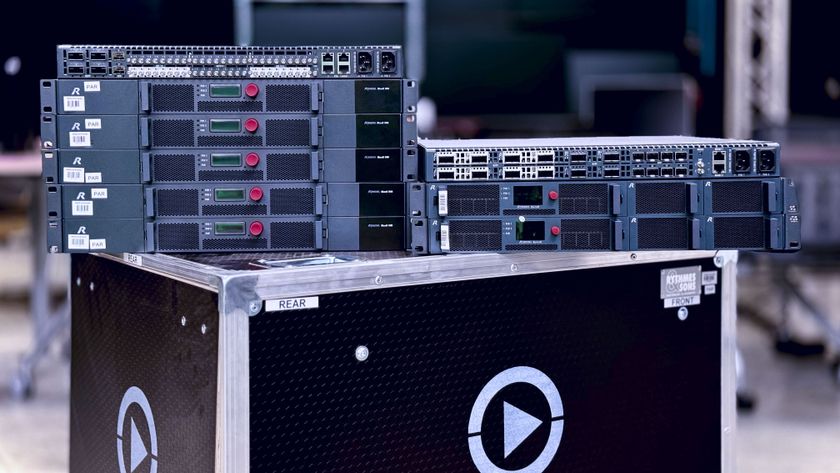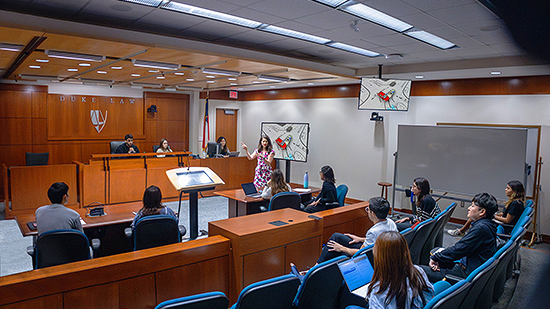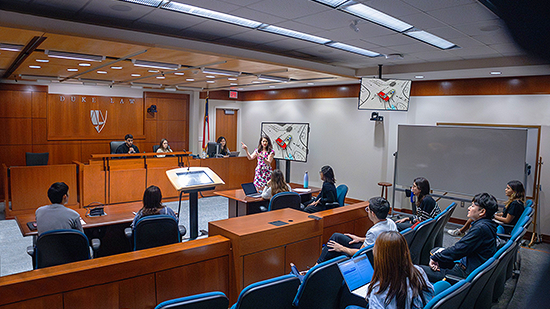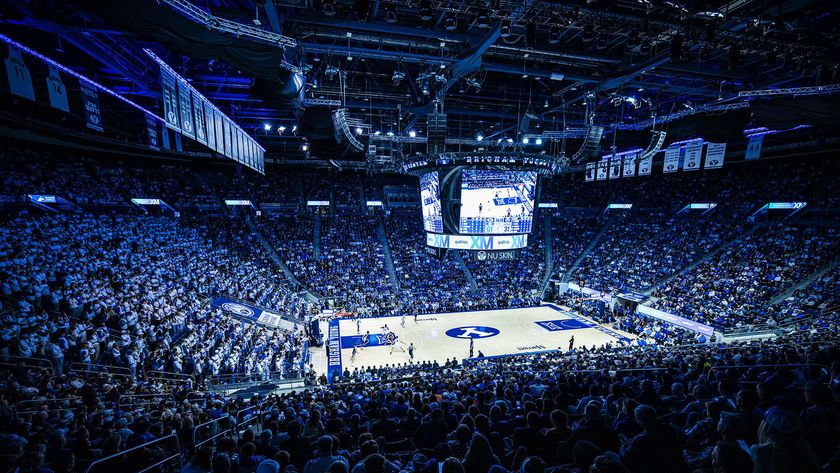- They've looked at life from both sides now, commercial and residential. As new construction pops up around the country, and as many homeowners stay put, investing in their existing homes by adding whole house automation and home theater/media rooms, some contractors steeped in the commercial market have taken the plunge into residential. They've been encouraged by the availability of crossover product and by requests from established clients. Conversely, others have crossed over into commercial, moving out of the house and into the boardroom to expand their range of services and their revenue stream.
- HB Communications, a 230-employee, full-scale AV integration company with offices in North Haven, CT and Waltham, MA, couldn't resist the residential call. "We opened our HB@Home division about a year ago in order to break into the home control/home theater market, primarily here in New England," said HB CEO Dana Barron. "Our home technology installations range from $15,000 to half a million."
- HB, founded by Barron's father, Mackey Barron, some 65 years ago, had dabbled in home technology with small integration jobs but had not done them on a deeper scale. In 2003, HB began dispatching some tech staff out to do home installs, preferring to cross-train within rather than hire. When a salesman considered leaving the company to work in home theater, Barron decided to open HB@Home, and moved him into that new division.
- HB took a methodical learn-as-you-go approach into residential. "We did a lot of reading and talking with manufacturers, some of whom warned us that residential is a different business," Barron noted. "It's nuanced. Unless it's new construction, which we prefer, we're going into homes where people live and sleep. The necessary level of politeness increases; we may have to remove shoes or cover them."
- Barron uses his tech staff for on-site research. "We have a high-level, skilled installation crew who are very intuitive, and they come back from these projects with a lot of information," he said. "I send them to CEDIA and all the shows to be up to date." The goal for both types of projects remains the same, providing the best solution, engaging the customer on the front end, delivering a proposal to be signed and getting on-site.
- But understanding the costs of plunging into the residential market is essential, Barron said. "There's an advantage of going in from the commercial side because you need to understand the labor element. If you don't, you'll lose your shirt."
- That home theater has grown to dominate some 10 percent of Smith Audio Visual's business is evidence that the residential segment is growing in the heartland. Smith, a Topeka, KS custom electronics systems integrator, has seen a recent jump in its residential projects, in the $10,000 to $50,000-plus home theater market. The spike is motivated by greater availability of crossover product such as remote controls with lower price points, explained company president/owner, Larry Heilman.
- "Programming for remote controls with touchscreens such as the Universal Remote MX-3000 and MX-850 and Xantech products allows us to capture the code in a very short time," Heilman pointed out. "You can go from infrared back to RS-232 with system logic. The hardest part about home theater is keeping everything in sequence."
- The move into residential also was bolstered by customer demand from a client base that includes CEOs whose boardrooms were Smith projects, Heilman added. "Residential was right up our alley, but there are pitfalls, and you need structure for working with residential customers and for keeping up with changing models and codes. There's a programming learning curve, and we go to manufacturers such as AMX for training." The move has been profitable so far, he said. "We're not on a big retail strip, and we're in a small market. But our commercial experience really comes into play, and we do line drawings even for our smallest residential projects."
- Even when product crosses from boardroom to home its usage is regarded differently by clients, said Joseph Fusaro, general manager, K&A Audio, a 10-year-old systems integration, consulting and design company. K&A also has spun off Modular Media Systems, featuring single and multi-zone audio products. The Edgewater, NJ company, with offices in Sarasota, FL and Burbank, CA, began in recording studio and corporate installation then spun off into the high-end residential market.
- "The boardroom has a specific function and purpose, and the last thing that a client wants to do is play with the equipment," Fusaro observed. "It has to work flawlessly. The residential client is more into it as an entertainment system; they like buying the high-end gear."
- Some of that K&A crossover gear includes Integra receivers and DVD players, DTR-8.4 and DPS-6.5, with the ADA Cinema Rhapsody for higher-end product. "The RS-232 compatibility lends itself perfectly to boardroom," Fusaro revealed. "In most commercial applications, there's a control system to communicate with the Integra product without relying on duplicating IR functions from a remote. Errors can be dealt with by the control system."
- K&A trains its six techs for both types of projects. The distinction is in the manner of how you address and deal with job-related issues onsite, Fusaro said. "On the commercial side, the system typically is designed by consultants and engineers and the client does not initiate changes with the onsite techs. In residential, the owner may be there and make comments or requests directly to the techs. Before a change can be made, the tech has to ensure that it's what the engineering department intended."
- Moving into commercial requires a networking learning curve and a familiarization with trades and unions, he said. "Moving into home theater involves a whole other level of product. These clients read magazines, and you have to be up on home products more so than in commercial. But you still get the same types of questions at any level."
- EDG (Electronics Design Group) in Piscataway, NJ started out 17 years ago in the residential market and crossed over into commercial about six years ago with corporate boardrooms, training facilities and videoconferencing, stated Robert Modica, systems sales and design. "When our project manager, John Montgomery, joined our engineering department, it helped to make the crossover a comfortable experience," Modica maintained, because his experience was in commercial."
- EDG, named CEDIA Dealer of the Year in 2004 and CEA Dealer of the Year in 2005, also garnered nine national awards for media rooms and home theaters, and translated its residential success into commercial applications relatively easily. Modica noted, "Today's conference room is basically similar to a residential media room. Many of our conference rooms have the multimedia design concept that clients find exciting for impressing their clients."
- EDG's experience with home theater projectors and multimedia applications, using AMX and Crestron, made designing commercial rooms a natural fit, Modica said. "In the past, most corporate training rooms had one person whose job was to turn on the projector. Now, with our control systems, anyone can walk into them cold and operate the gear. Our clients also appreciate our understanding of the importance of aesthetics and stealth installation."
Make Yourself At Home
Latest in News













